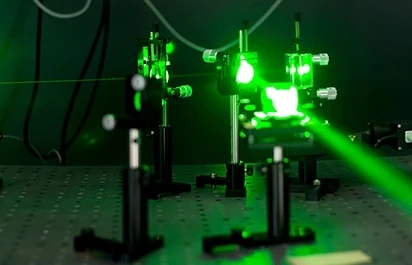
What is Photonics?
Leave a CommentVarious light generation and harnessing processes are often used to cut and finish goods, transfer data, and monitor complex systems. These technologies fall under the umbrella of photonics. Electro-optical devices, optics and fiber-optics, and lasers each play an essential role in creating highly sophisticated products and scanning processes. Almost every industry uses various photonic processes […]
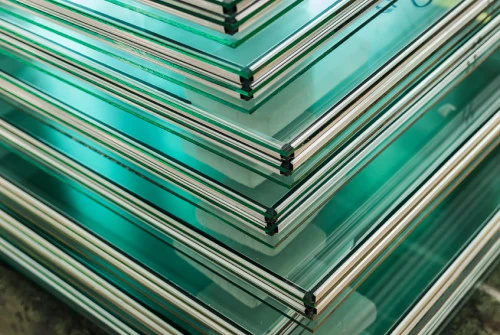
Properties of Glass Materials
Leave a CommentIn general, glass is a hard and brittle substance that is usually transparent or translucent. It may be comprised of a fusion of sand, soda, lime, or other materials. The most common glass forming process heats the raw materials until they become molten liquid, then rapidly cools the material to create hardened glass. Swift Glass […]

Excellence in Glass Fabrication and Market Adaptation
Leave a CommentFor nearly a century, Swift Glass has focused on high-quality custom glass fabrication. Our unwavering commitment to providing our customers with quality glass products has served as our company’s foundation for almost 100 years and will continue to serve as one of our guiding principles for years to come. Although we continually abide by the […]
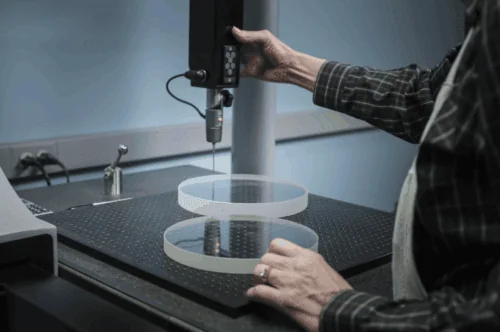
3-Part Checklist: What to Look for in a Glass Fabrication Vendor
Leave a CommentWith almost 100 years of experience working with manufacturers, the team at Swift Glass knows how important choosing the right glass fabrication vendor is for the success of a project. The vendor you select can be the difference between a successful production run that finishes on time and up to standard and a slow production […]
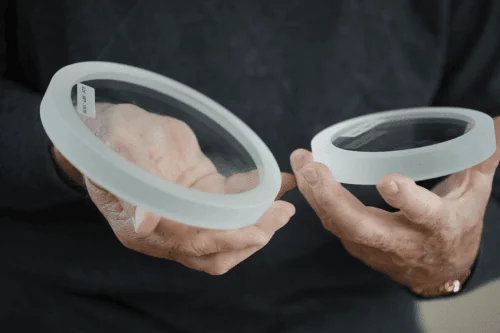
A Guide to Sight Glass
Leave a CommentThe term “sight glass” refers to the transparent glass tube or window component of an industrial or commercial piece of equipment that allows observers to have a clear view of what is occurring within the container. While sight glasses can serve a wide range of functions, they are primarily used for visibility. They allow operators […]
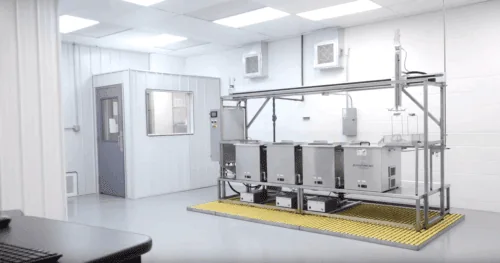
Swift Glass’s ISO Class 7, (Class 10,000,) Clean Room & Ultrasonic Bath
Leave a CommentClean rooms are controlled environments used to minimize contamination in sensitive applications, such as manufacturing processes and scientific research facilities. These structures are designed to reduce the amount of airborne and surface particulates, as well as to monitor and stabilize environmental parameters—e.g., temperature, humidity, static electricity, and pressure—within the contained space. Clean Room & Ultrasonic […]
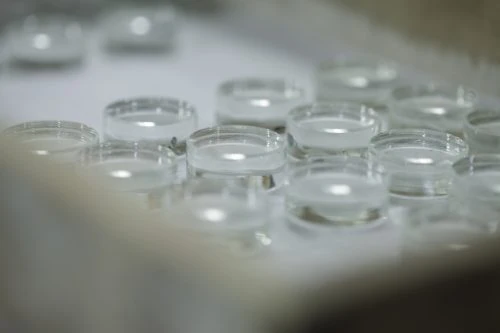
Swift Glass Expands Wafer Analysis Capabilities with Multi-Surface Profiler
Leave a CommentGlass wafers have a variety of applications throughout the electronics, computer, and biotechnical manufacturing fields. During production, the ability to make precise measurements ensures that wafers fit the necessary specifications for their intended purpose. A Multi-Surface Profiler (MSP) machine supports high-precision metrology in the production of glass wafers for industrial purposes. With the addition of […]
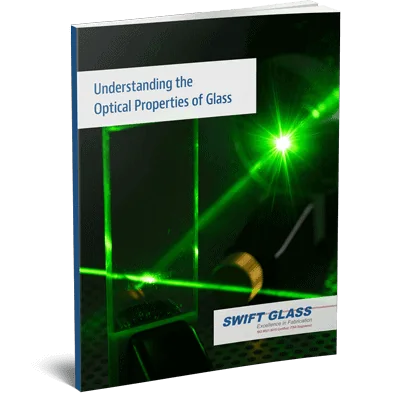
What is Dispersion in Optics?
Leave a CommentIn optics, dispersion refers to light that is separated by individual colors as it passes through an object. Rainbows are the most common example of this event. The rainbow forms when white light is separated into components of different wavelengths (or colors). Dispersion can result in signal degradation in many applications, especially over large distances. […]
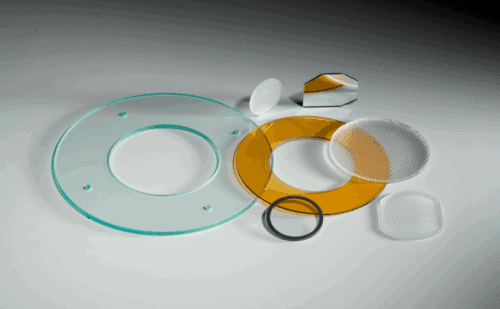
Understanding Glass Properties: The Absorption Spectrum
Leave a CommentFor engineers who work with glass parts or components, there are many important properties of glass to understand. In previous posts, we have covered several different properties of glass, including transmittance, transmission, and refractive index. Transmission and transmittance are both ways of measuring the amount of light that can pass through a material without being absorbed. Refractive index […]
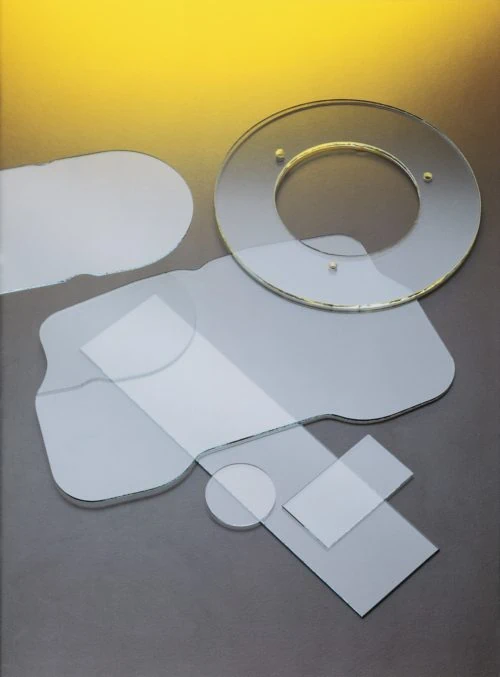
Single-Sided vs. Double-Sided Polishing
Leave a CommentIn many industrial applications, glass must be polished in specific ways to achieve the correct optical properties. Glass polishing offers an ideal solution for glass components that require a high level of precision, as polishing uses very fine abrasive particles to polish surfaces to a superior finish. The Differences Between Single-Sided vs Double-Sided Polishing There […]



